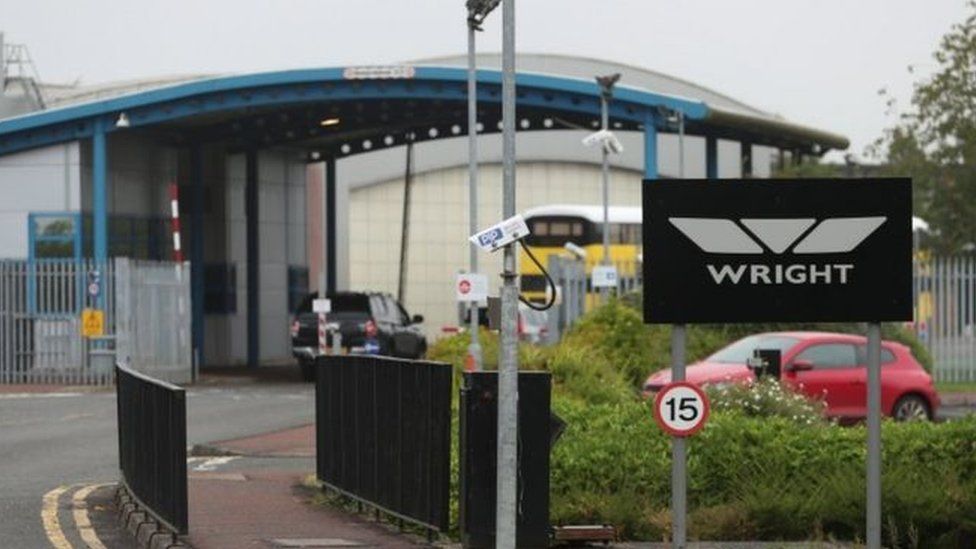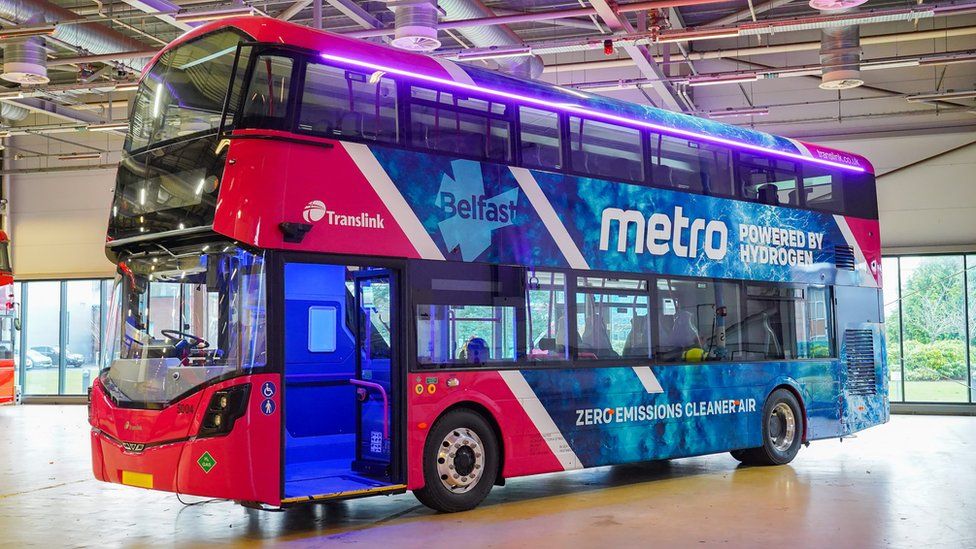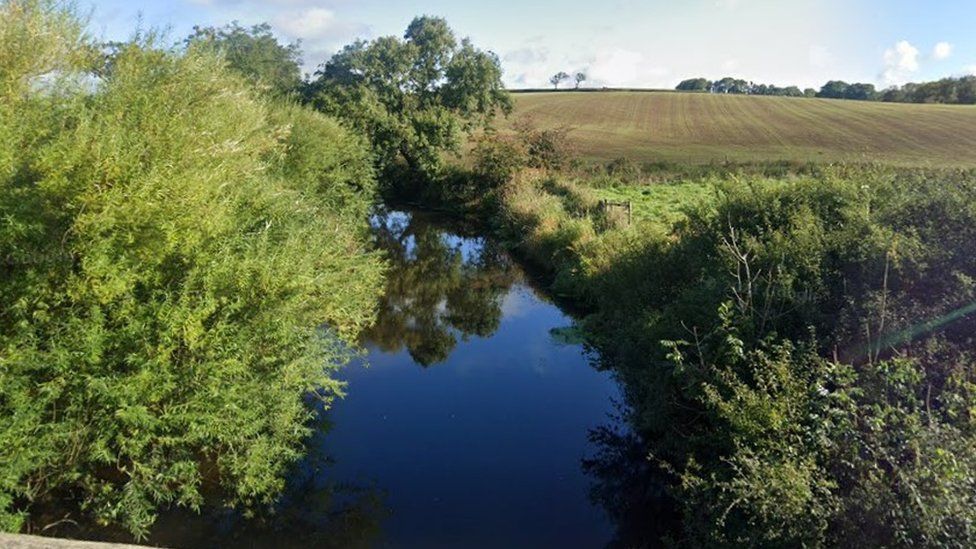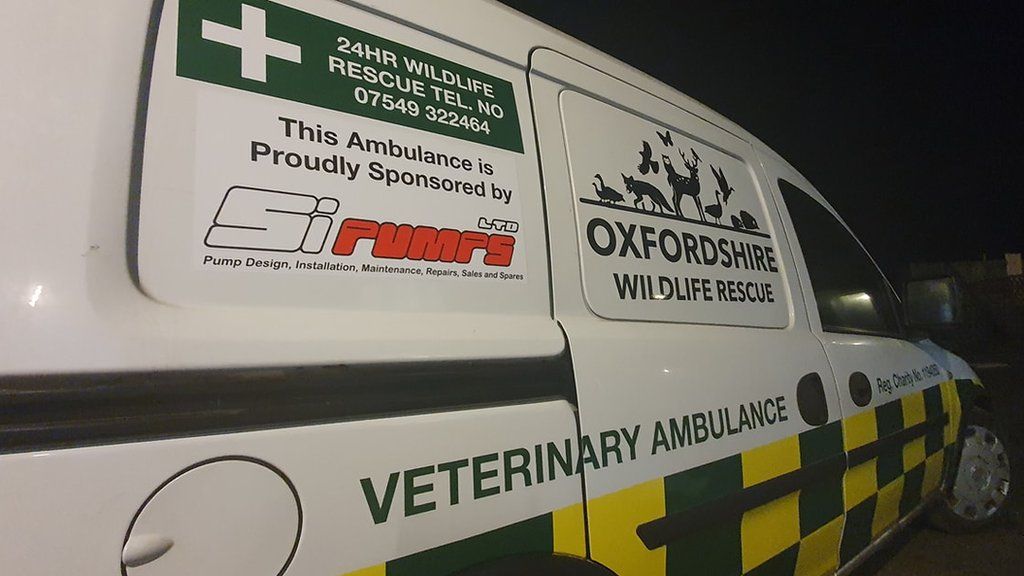Wrightbus intends to build a green hydrogen production facility at its Ballymena factory.
The proposal is being put forth in collaboration with a sister business, Hygen Energy.
The production of hydrogen-powered buses, some of which are run by Translink, is a component of the Wrightbus company's operations.
For those buses and other hydrogen-powered vehicles, the new facility would help establish a steady supply of fuel.
According to Jo Bamford, chairman of Wrightbus, hydrogen is the best way to decarbonize many bus routes. However, for this to happen, bus operators need a consistent and ample supply of low cost, low carbon hydrogen. .
"As the demand for hydrogen rises, this project has the potential to triple in size and will initially be able to produce enough hydrogen to power up to 300 buses. .
"We hope it will serve as a model for how these projects will be conceived of and executed. " .

At Bradford in the north of England, Hygen is also engaged in a comparable project.
At the moment, the majority of hydrogen sold in the UK is made by separating it from natural gas, a process which produces carbon dioxide.
By electrolyzing water to separate its components into hydrogen and oxygen using renewable electricity, green hydrogen can be produced.
The hydrogen can then be used locally or delivered to the desired location.
Since burning hydrogen does not release carbon emissions, it is thought that it could eventually replace fossil fuels in heavy vehicles and sectors like the production of steel and cement.
The source of renewable energy for the electrolyser has not been determined in Ballymena's initial plans.
Purchase from an existing renewable energy producer or the development of new renewable energy sources like wind or solar would be the two options.
It is planned to submit a planning application for the project in April, and a community consultation process is currently under way.
As part of its Net Zero strategy, which aims to drastically reduce greenhouse gas emissions by the year 2050, the UK government unveiled a hydrogen strategy in 2021.
The best applications for hydrogen have generated some debate, especially regarding its place in home heating.
It is probably best suited to applications or locations that are:, according to a statement made by the House of Commons Science and Technology Committee last year.
- Some areas of the rail network are difficult to electrify.
- uses that do not necessitate the development of a vast refueling network, like local bus services operating out of a predetermined number of depots.
- Users who have access to or live close to areas where hydrogen is produced, such as commercial hubs.
"Essential questions regarding the production, distribution, and use of large amounts of hydrogen in the future in ways that are compatible with net zero and cost efficiency remain unanswered," it was added.
. "







